Explore Weight Loss
11 Expert Weight-Loss Tips
Forget counting calories and make dropping pounds second nature with our simple weight-loss tips

Losing weight is never easy and there’s no one tip that’s going to change that. However, it doesn’t have to be as complicated a process as many of us make it, like counting every calorie or stripping our diet of entire food groups while trying to follow aggressively restrictive diet plans.
Instead of adopting a radical or all-encompassing approach, try adopting a series of healthy habits and making them an integral part of your eating routine first. As these habits start to become ingrained, you may well find that losing weight and, crucially, maintaining a healthy weight become natural to you. And you’ll get to keep on eating carbs throughout.
If you’re not sure what those habits could be, then we have advice from the experts to help. We have nutritionist Orla Hugueniot and former footballer John Barnes from Public Health England’s Better Health campaign, which aims to help people lose weight, plus other dietitians and registered nutritionists sharing tips that have worked for the people they’ve helped to lose weight.
You don’t have to try to take on all the tips at once. In fact, we’d definitely advise against trying that, because you’ll overload yourself and may lose motivation. Pick a few that you think you can manage to start with, then keep coming back and adding more into your lifestyle.
13 Weight-Loss Tips
1. Be Realistic
“Time and again, patients say to me that they are disappointed that they have ‘only’ lost a pound in a week,” says George Hamlyn-Williams, principal dietitian at The Hospital Group. “The reality is that one pound (454g) of fat equates to around 3,500 calories. This means that over the week the pound was lost, they have eaten on average 500 calories less per day – a massive achievement! It’s so easy to eat or drink an additional 500 calories – two standard 50g bars of chocolate would do it. However, to eat 500 calories less is much more difficult and to be consistent with it is even more challenging – so give yourself a break and pat yourself on the back if a pound comes off. Remember, if you keep going, that’s 52lb (23.5kg) over a year – over 3½ stone!”
2. Prioritise Your Sleep
“Often in clinic, if someone wants to lose weight but is not getting a good night's sleep, I won’t begin by talking about food,” says dietitian Nichola Ludlam-Raine. “We talk about getting the sleep right first or they’ll be fighting a losing battle.
“The research shows that if people are chronically sleep-deprived they consume more calories the next day. When you are sleep-deprived, the hunger hormone called ghrelin increases, which means that you genuinely, physiologically, feel more hungry. Your brain function is also impaired so that you’re less likely to be able to resist high-calorie, palatable foods. Also your energy level and your motivation are going dip so you’re less likely to want to prepare a healthy meal.
“Ideally, go to sleep before midnight, get between seven to eight hours a night, and stick to consistent bedtimes and wake times – even on weekends. Ensure your bedroom is dark, not too hot, not too cold, and ideally keep screens out of the room. Watch your caffeine intake – with your last cup of tea or coffee 4pm at the latest – and alcohol intake. People think alcohol helps, but actually it leads to restless sleep.”
3. Get Familiar With Portion Sizes
“If you’re mindful of portion sizes you can say goodbye to calorie counting,” says Kerri Major, a registered dietitian and SENr sports dietitian, and author of The Dietitian Kitchen. “It can be useful to look at the recommended portion size on food packaging and see what you’re eating in comparison with this.
“Using your hands to get a rough idea of an appropriate serving size can also be a really useful tool. This is never going to be 100% accurate but it’s a simple and useful way of helping you get the right portion sizes.”
Here’s Major’s general advice for the portions that make up a balanced meal.
- Protein 1 palm-size portion
- Carbohydrates 1 handful of complex carbohydrates, typically wholegrain varieties
- Vegetables 2 handfuls of non-starchy vegetables such as broccoli, mushrooms or salad leaves
- Healthy fats 1 thumb-size portion
Additionally, a portion of fruit is one piece of whole fruit, like a banana, or one handful (approximately 80g if you have scales to hand), and Major advises aiming for three portions of dairy or dairy alternatives a day. “Portion sizes of dairy vary depending on the product,” says Major. “Again, I recommend checking the food label, which usually indicates an appropriate serving size.”
Of course, what’s exactly right for you depends on a number of things, including how active you are. If you’re unsure how much you should be eating, Major suggests seeing a registered dietitian.
4. Use Your Plate As A Guide
If you want to make portion control that little bit easier, Hugueniot suggests using smaller plates, and then dividing that plate up by food group.
“Make sure that half your plate contains vegetables or salad,” says Hugueniot. “The other half should be protein and carbohydrates.”
5. Homemade Beats Ready-Made
Increasing the amount you cook for yourself will make you more aware of what’s going in your food and help you avoid high calorie and fat counts, especially those from unexpected places. Also, cooking is fun! If you’re not sure where to start in the kitchen, healthy recipe boxes can be a big help.
“You could try doing your own burgers,” says Hugueniot. “Add chopped kidney beans, some chopped onion and an egg to the leanest beef mince you can get, grill it and serve with salad – making a much healthier meal than a traditional burger and chips.”
6. Don’t Snackotage Your Diet
“Snackotage” is a word we just made up (although it’s probably a trending hashtag by the time you read this), but it sums up a problem that can ruin many diets – too many unhealthy snacks that sabotage all your good work at meal times.
“Try to make sure you are eating meals at regular times, with healthy fruit and veggie snacks in between, and drink plenty of fluids,” says Hugueniot. “This will help stop you snacking on unhealthy foods, and keep you more full during the day.The best snacks are those containing veggies, but if you’re having packaged snacks go for those with around 100 calories and stick to two a day at maximum.
“Healthier snacks include: fresh fruit, low-fat and lower-sugar yogurt with fruit, plain rice cakes or crackers with lower-fat cheese, unsalted nuts and seeds, veggie sticks with lower-fat dips such as reduced-fat hummus and salsa, malt loaf, fruit loaf or a currant bun, crumpets and scotch pancakes.”
7. Drink Better Beverages
If you can’t ditch the fizzy drinks cold turkey, swap to sugar-free versions. It’s a healthier choice and the benefits will add up quickly if you’ve been drinking one or two cans a day.
“Swap sugary colas, juice drinks, milkshakes and fizzy drinks for no added sugar or sugar-free drinks, lower-fat milks and water,” says Hugueniot.
8. Don’t Shop Hungry
“Shopping hungry leads to bad ideas,” says registered nutritionist Sophie Thurner. “We all know it and yet we all still do it. That three-for-two offer looks so tempting, and then you end up getting three of the not-so-healthy things, which you’ll have to finish, because none of us like to waste food. Have a precise list of items you need for a targeted, efficient approach without the risk of buying things you don’t need.”
9. Be Smart When Eating Out
“When eating out, ask for smaller portions or go for starters rather than a large main,” says Hugueniot. “Another helpful tip is to ask for a sauce or dressing to be on the side, because this is often where a lot of the calories come from.”
10. Start Small
“When setting new goals, focus on two to three small, realistic goals at a time and work on achieving them before working towards any more,” says Major. “If you want to start exercising more, don’t go from zero to 100. That will be a shock to the system and something that is hard to stick to. Plan to exercise once or twice a week initially, at a time that is good and maintainable for you, before you plan to increase your sessions further. Make sure whatever the goal is, it is SMART – Specific, Measurable, Attainable, Realistic and Time-Based.”
11. Don’t Rely On Motivation
“Many people rely on motivation to keep them going when it comes to exercising and eating well,” says Major. “However, motivation comes and goes, and it’s never there when you want it or need it most. The key is to create healthy habits and become disciplined – two things that can bail you out when motivation is low.
“Healthy habits can be something as simple as taking the stairs instead of the elevator or walking instead of taking the car. Being disciplined is showing up and doing something even if motivation is at an all-time low. We all know that we usually feel a million times better for doing something that we know is good for our health than not doing it at all.”
Latest about Weight Loss
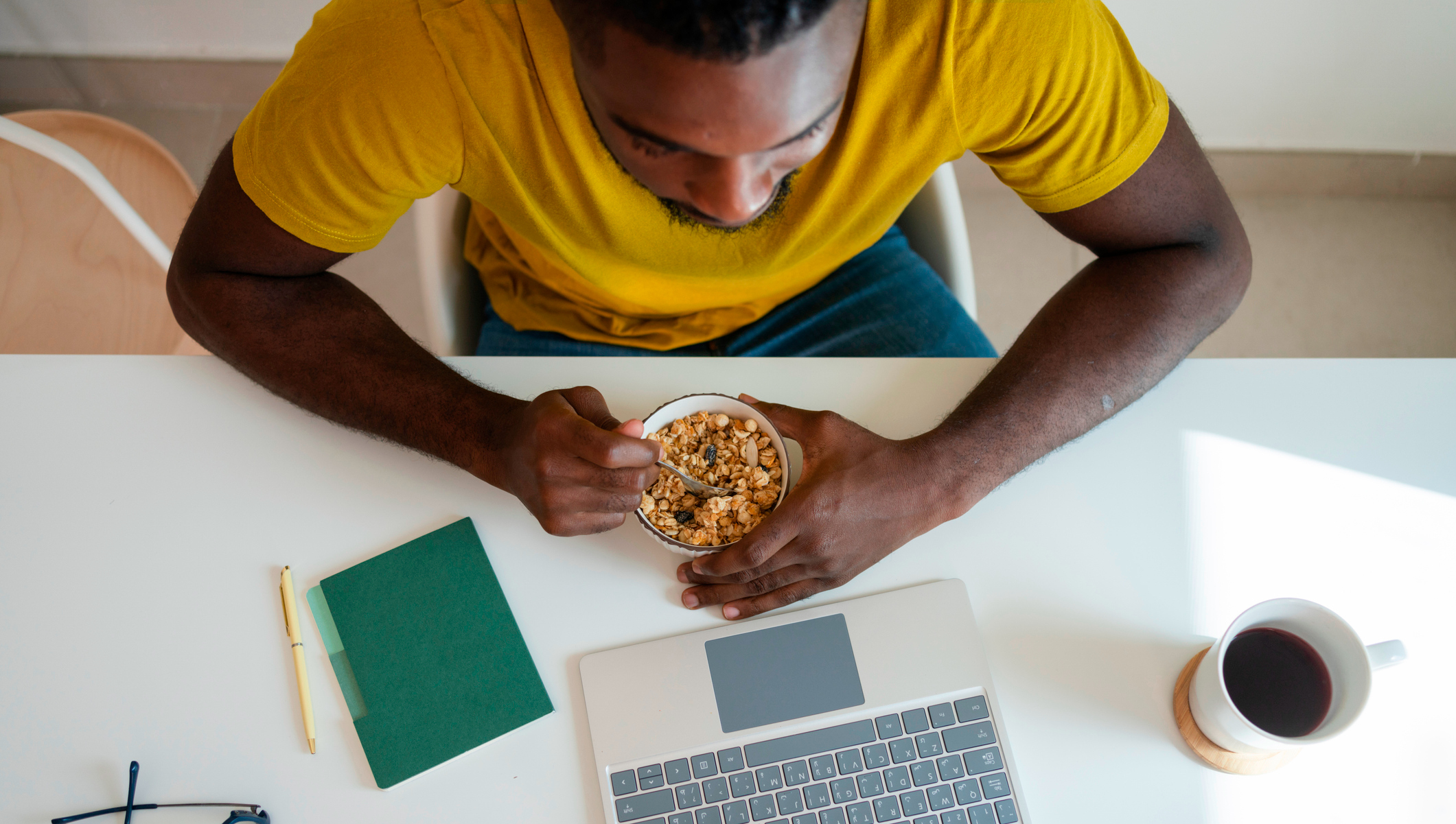
The Most Common Snacking Mistake Seen By This Weight Loss Coach And How To Avoid It
By Camilla Artault published
It may seem obvious, but you should eat when you’re hungry
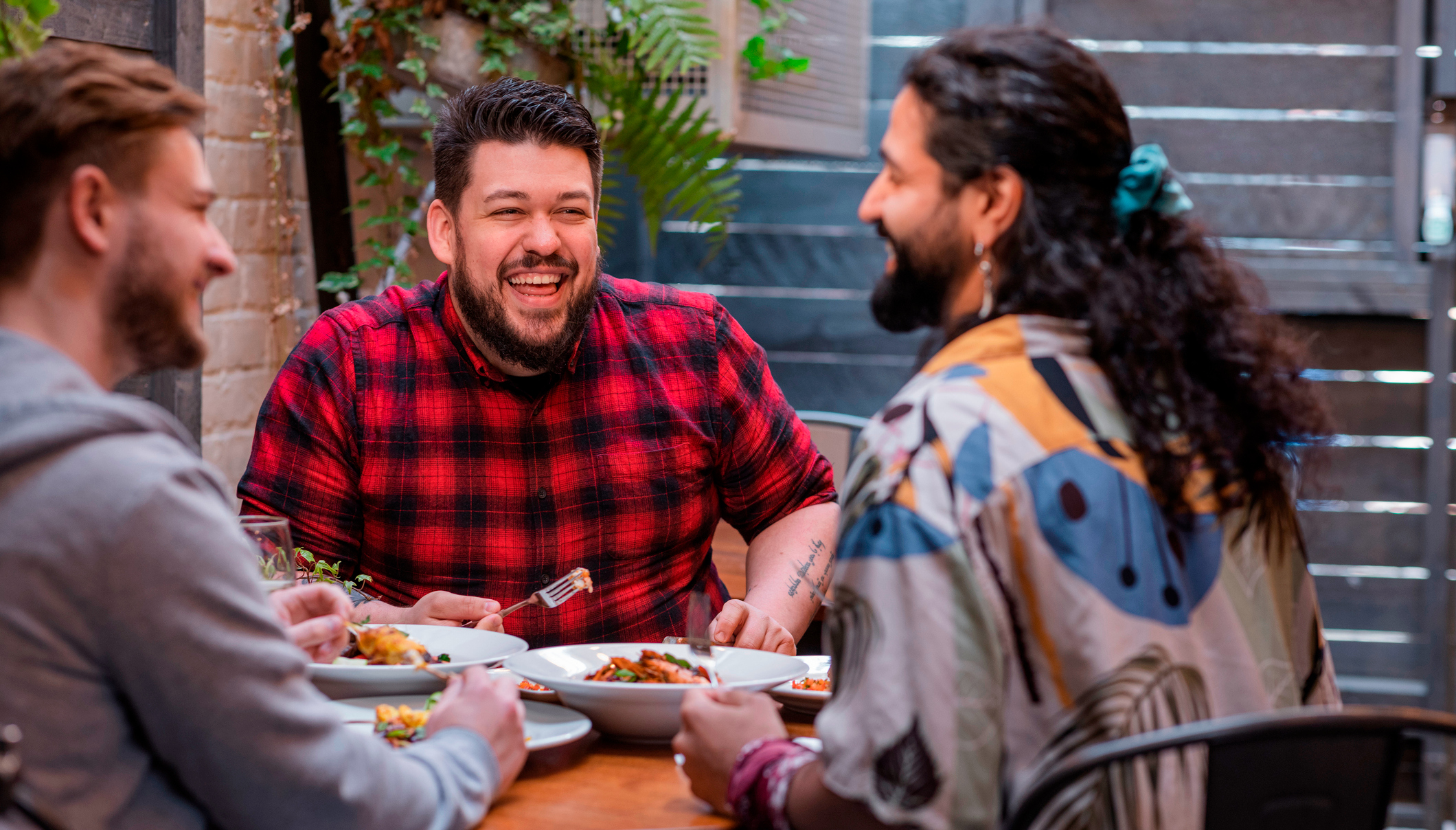
“Nothing Is Off The Table”: Why This Dietitian Recommends The 80/20 Rule Of Thumb, And Why It’s NOT A Rule
By Nick Harris-Fry published
Instead of trying to follow restrictive diets that are hard to maintain, try this more flexible approach to eating healthily
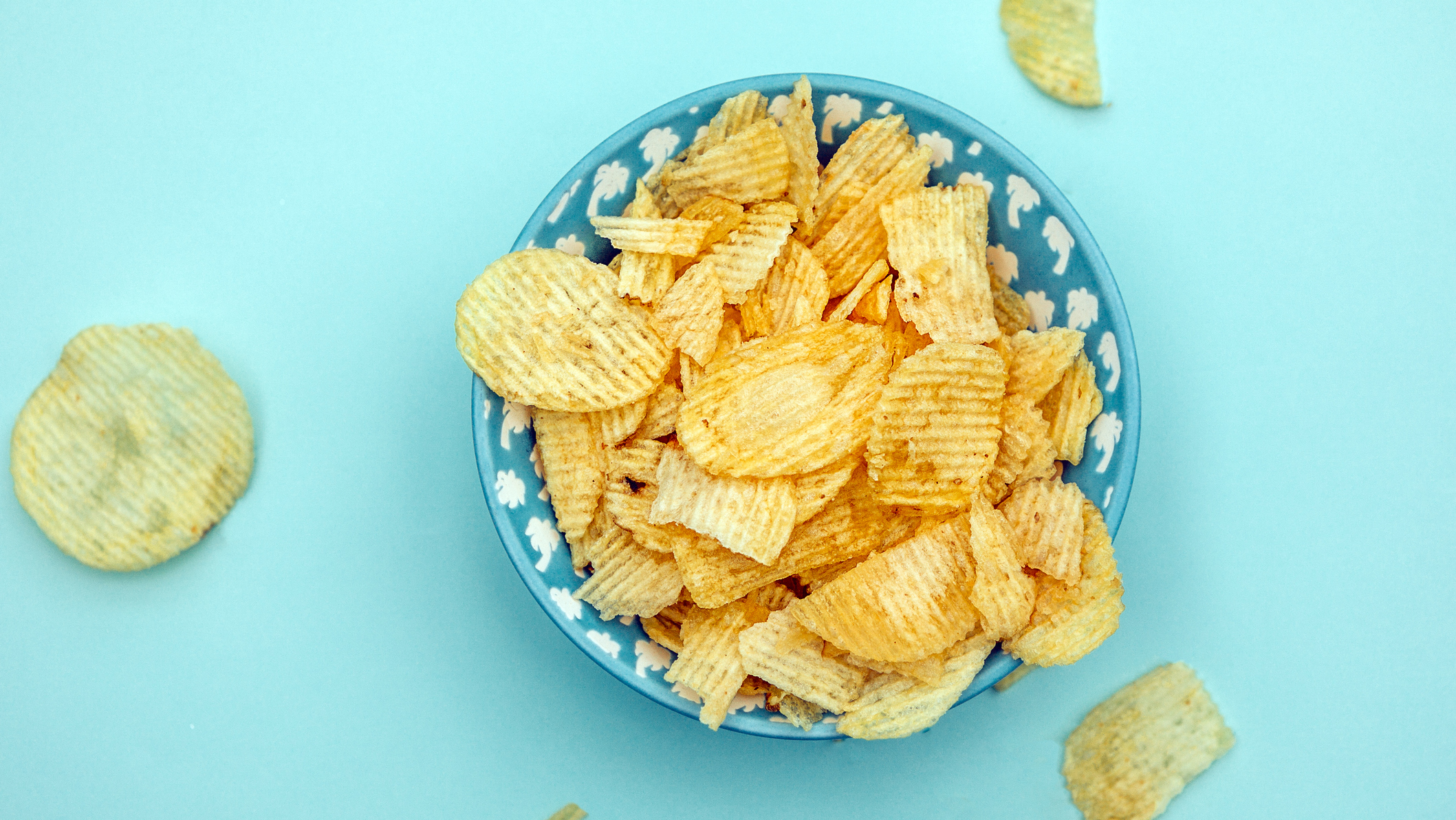
This Nutritionist Says You Shouldn’t Ban Crisps And Chocolate From Your Diet, Here’s Why
By Camilla Artault published
Combining a little of what you crave with whole foods offers a more sustainable approach

What I Love About Withings’ Eyes-Closed Mode
By Alice Dogruyol published
This new feature on the tech firm’s Body Comp scales feels like receiving a pat on the back rather than a kick in the teeth
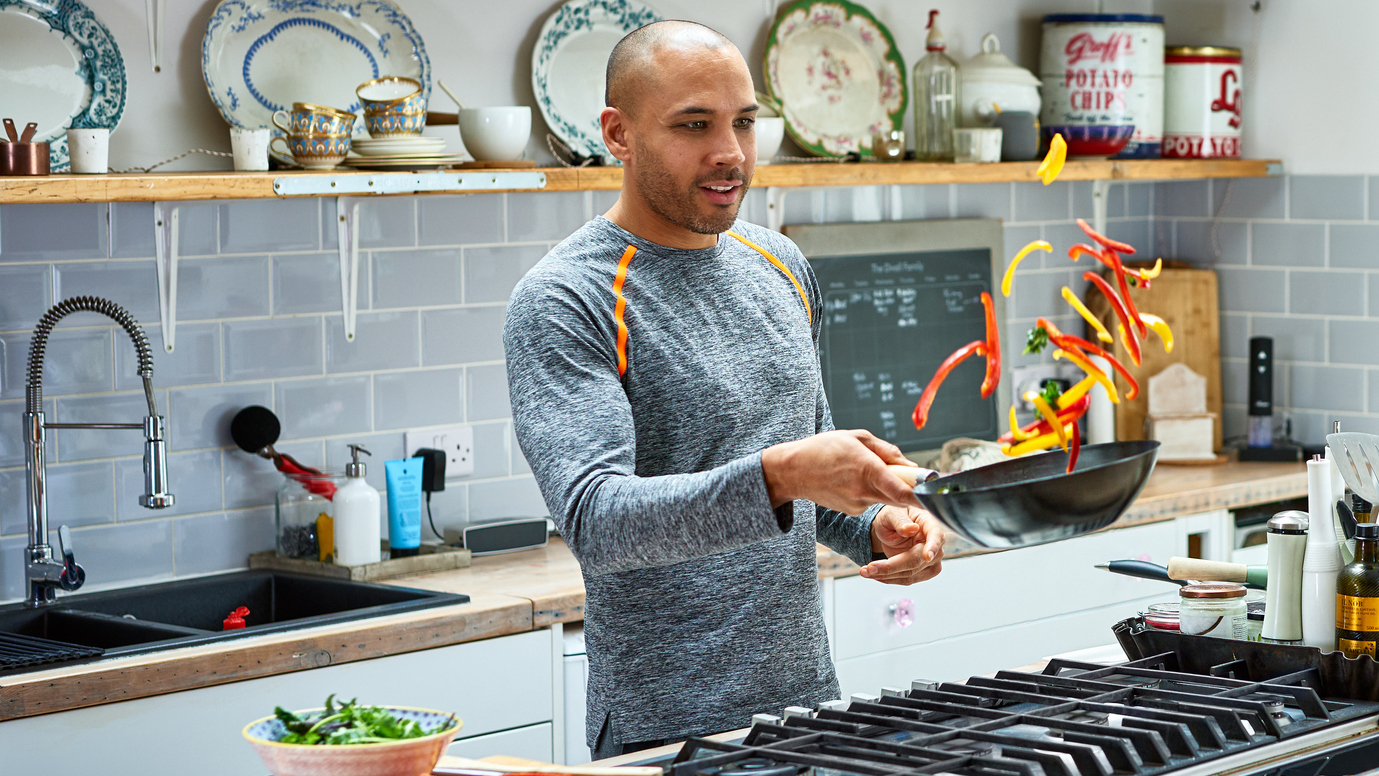
The Five-Day Vegetarian Meal Plan For Muscle Gain
By Alice Porter published
Follow our plant-based meal plan and load up on protein-rich foods
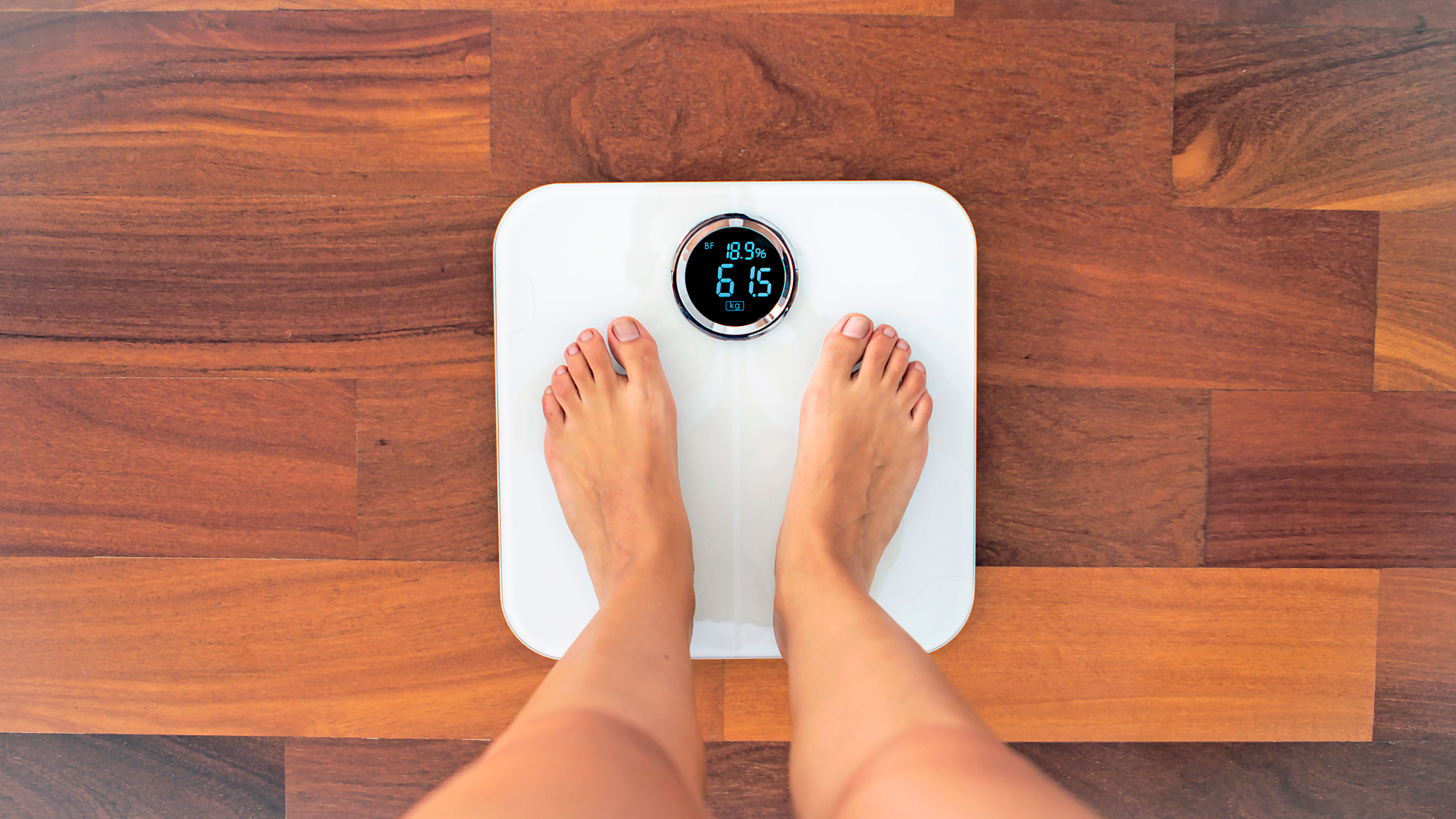
How To Reduce Body Fat In 4 Easy Steps
By Nick Harris-Fry last updated
There are no shortcuts to shedding your body fat, but the benefits of doing so are tremendous
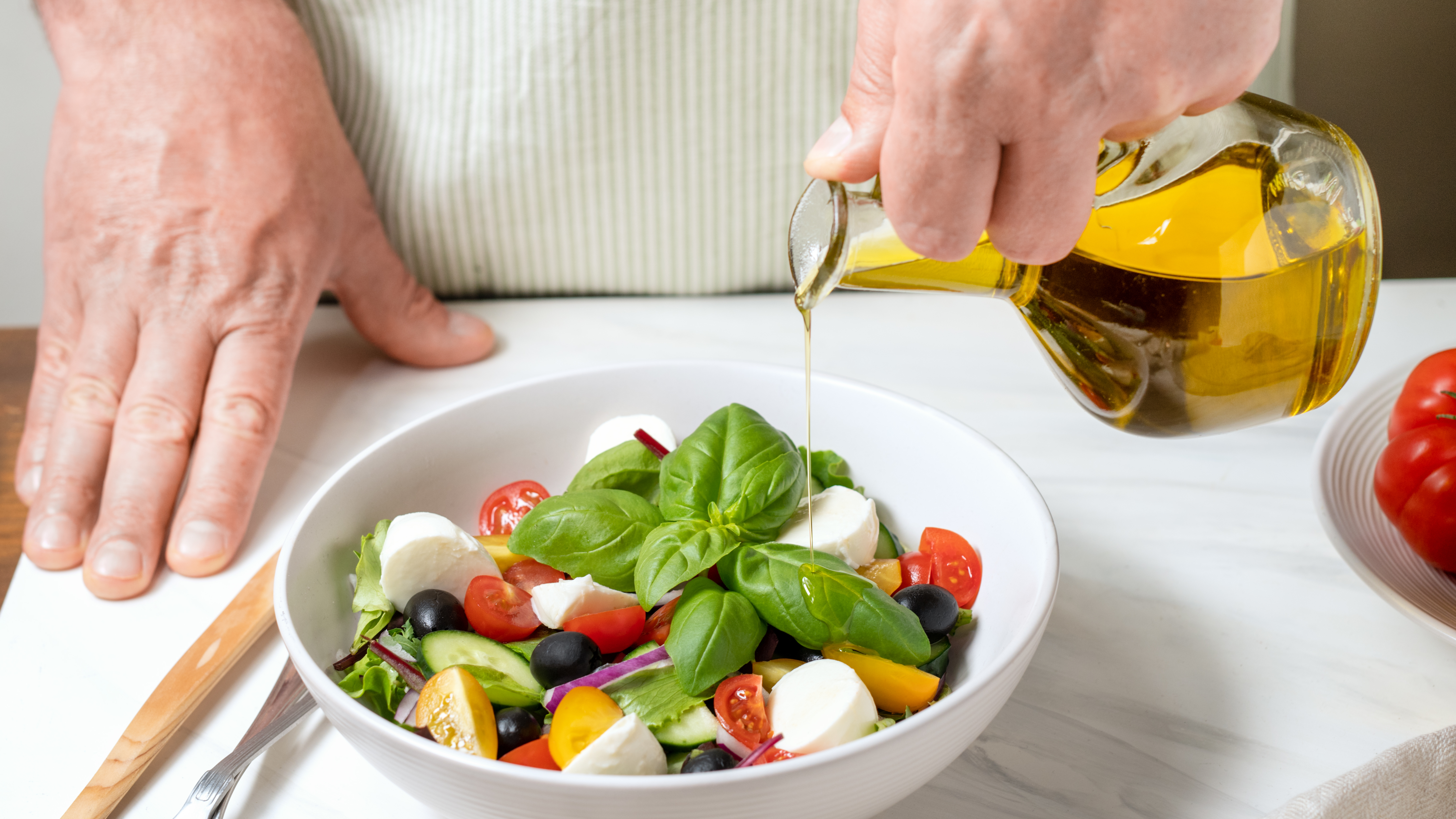
What Is The Mediterranean Diet?
By Nick Harris-Fry last updated
The Mediterranean diet is healthy and easy to understand, but it requires full commitment to get the benefits

Coach Tackles Joe Wicks’s 90-Day Shift, Shape And Sustain Plan
By Nick Harris-Fry last updated
Joe Wicks puts Coach man Marc Gadian through his paces with this HIIT session from his 90-day plan Shift, Shape And Sustain Plan
Get the Coach Newsletter
Sign up for workout ideas, training advice, reviews of the latest gear and more.


